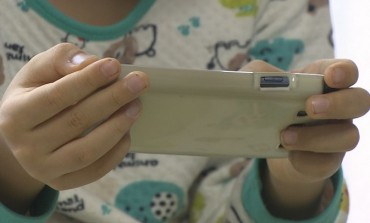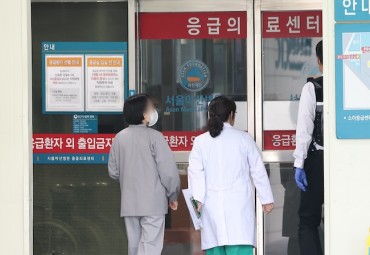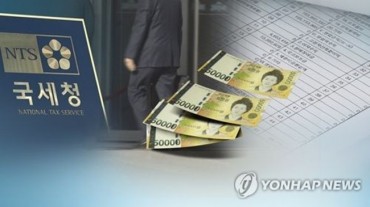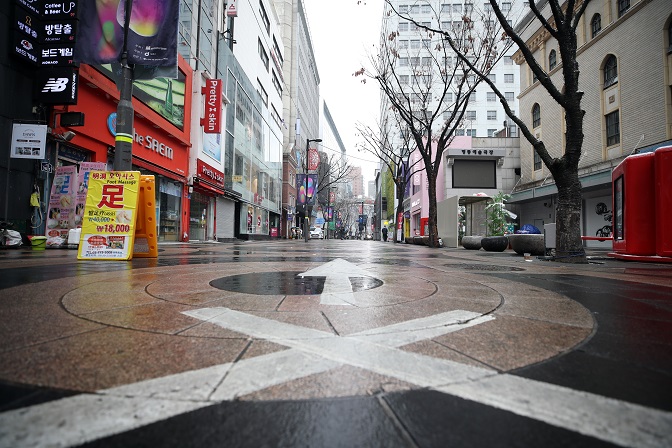
This photo, taken on Dec. 13, 2020, shows Seoul’s shopping district of Myeongdong, where only a few people were spotted amid the third wave of the new coronavirus. (Yonhap)
SEOUL, Dec. 17 (Korea Bizwire) — South Korea’s 2021 economic policy plan underscores its commitment to boosting domestic demand and propping up the sluggish job market as the country sets its sights on overcoming economic slumps caused by the new coronavirus outbreak.
The finance ministry unveiled two-pronged approaches in managing the 2021 economic policy plan, under which the country will seek to support “fast and strong” economic recovery and transform the country into a “pacesetting” economic power in the post-COVID-19 era.
The South Korean economy is expected to grow 3.2 percent next year from this year’s estimated contraction of 1.1 percent, the first retreat since the 1997-98 Asian financial crisis, according to the ministry’s latest estimate.
Asia’s fourth-largest economy is tipped to suffer contraction this year, as the new coronavirus outbreak dealt a heavy blow to exports and domestic demand, the main pillars for its economic growth.
Still, the Korean economy is expected to retreat by the smallest margin among the 37 member countries of the Organization for Economic Cooperation and Development this year on its efforts to flatten the virus curve.
It is also widely forecast to return to the pre-pandemic level next year.
But weak private spending and the sluggish job market will likely serve as the main bugbears for economic recovery next year, raising the need for the government’s bold support for the weak spots.
“While uncertainty over COVID-19 co-exists, the pace of recovery in consumption and job creation will likely lag behind the overall economic recovery,” Deputy Finance Minister Bang Ki-seon said at a press briefing Monday.
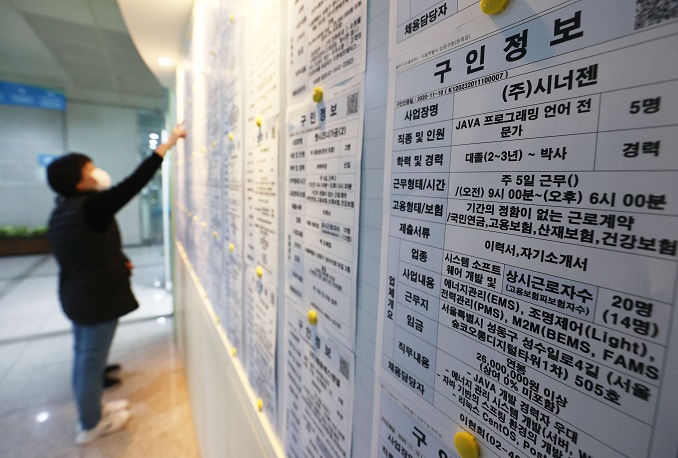
In this file photo taken Nov. 11, 2020, a citizen looks at job information at an employment arrangement center in Seoul. (Yonhap)
The country’s exports, which account for half of its economic growth, took a beating from the fallout of the pandemic.
But the pace of the slump has eased since June, as major economies began lifting stringent lockdowns imposed to curb the spread of the virus.
In November, South Korea’s exports grew 4 percent on-year on the back of strong sales of chips, rebounding for the first time in two months.
The finance ministry forecast the country’s outbound shipments to grow 8.6 percent on-year next year on strong shipments of chips and autos, following this year’s estimated retreat of 6.2 percent.
But consumer spending remains weak as more people have refrained from visiting off-line stores due to concerns about infection risks. Private consumption is expected to rise 3.1 percent in 2021, a turnaround from an expected fall of 4.4 percent this year.
“We plan to make all-out efforts next year to boost consumption in a bid to swiftly revitalize domestic demand and strengthen improvements in investment and exports,” the ministry said in a statement.
To this end, the government plans to provide additional tax benefits over card spending.
It will also maintain consumption-boosting measures, such as a cut in consumption taxes of passenger cars and refunds related to purchases of energy-efficient electronic goods.
The country will increase the issuance of gift vouchers and continue to hold nationwide shopping festivals to spur consumption.
It also seeks to strengthen the infrastructure of public transportation and accommodation at major tourist cities to help the local tourism industry recover.
The government will also spare no effort to back the improving trend of exports and facility investment. It will inject 110 trillion won (US$110.9 billion) into supporting investment projects and provide 256 trillion won in export financing.
In terms of the job market, the country will focus on minimizing the fallout of the pandemic on employment and supporting smaller merchants and companies that have suffered a liquidity crunch.
Since taking office in May 2017, President Moon Jae-in has placed top priority on creating more jobs, with the government hiring more people in the public sector and expanding temporary job posts for those aged 60 and older.
But the local job market remained bleak this year, with the country reporting job losses every month since March amid the pandemic.
South Korea’s job losses were extended to a ninth month in November, the longest since the 1997-98 Asian financial crisis.
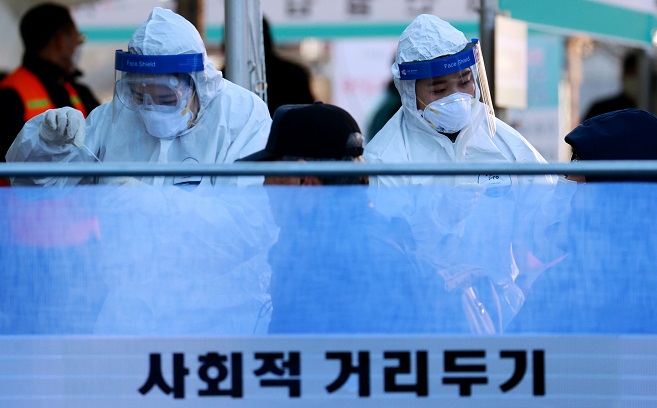
Health workers conduct coronavirus tests on citizens at a makeshift testing center set up in front of Seoul Station in central Seoul on Dec. 16, 2020. (Yonhap)
The income gap between the haves and have-nots also widened in the third quarter of the year, as the employment situation of the low-income bracket worsened.
The number of employed people is expected to grow by 150,000 next year, a turnaround from this year’s estimated job losses of 220,000, according to the government’s projection.
To prevent more job losses, the government plans to continue to offer tax incentives to companies that increase hiring, and extend support to the sectors that underwent a sharp fall in employment.
It will frontload 5 trillion won of its 30.5 trillion-won budget on job creation in the first quarter of next year, and will hire more people in the public sector.
The country will also draw up details on how to provide more than 3 trillion won in support to the segments and smaller merchants that were hit hard by the winter wave of the pandemic.
But doubts linger over whether Asia’s fourth-largest economy can pull off a full-fledged rebound next year due to a resurgence in virus cases.
The government’s 2021 growth outlook did not take into account the possibility that the country may raise its social distancing guidelines to Level 3, the highest in its five-tier scheme.
The daily number of new coronavirus cases topped the 1,000 mark Thursday for the second straight day, prompting health authorities to seriously consider adopting the toughest virus curbs.
The country added 1,014 more COVID-19 cases, raising the total caseload to 46,453.
“If the social distancing rules are raised to Level 3, we need to change the growth outlook, as downside risks will further increase until early next year,” Vice Finance Minister Kim Yong-beom said at a press briefing.
(Yonhap)



